Capacitor Discharge Welding (CD Welding) is a specialized form of resistance welding that uses the rapid discharge of electrical energy stored in a capacitor to create a strong, high-quality weld. It’s primarily used to weld small components, such as studs, pins, and other fasteners, to metal surfaces—often in industries like electronics, automotive, aerospace, and sheet metal fabrication.
The key advantage of CD welding is its incredibly short weld time, typically in the range of 1 to 3 milliseconds. This results in minimal heat-affected zones (HAZ), reduced distortion, and the ability to weld delicate or thin materials without damage.
Capacitor Discharge Welding Process
The CD welding process is simple in principle but powerful in execution. Here’s a breakdown of how it works:
1. Energy Storage
The welding machine first charges a bank of capacitors using a controlled voltage. This stored energy will later be released in a very short burst.
2. Weld Setup
The workpiece (usually a base metal sheet) and the weld element (typically a stud or pin) are brought into contact using a weld head. The position is precisely controlled to ensure accuracy.
3. Discharge and Weld Formation
When triggered, the stored energy in the capacitors is discharged rapidly through the contact point. The intense, short burst of electrical current creates localized heating, melting a thin layer at the interface.
4. Weld Completion
Simultaneously, the weld head applies pressure, fusing the two pieces together as the molten metal solidifies. Because the process is so fast, there is very little heat transfer to the surrounding material, preserving its structural integrity.
CD welding is often categorized into two main types:
- Contact CD Welding: The electrode is in contact with the part during discharge.
- Gap CD Welding: The electrode is initially held slightly above the part and then springs forward at discharge, ideal for cleaner weld surfaces.
Advantages of Capacitor Discharge Welding
Capacitor Discharge Welding offers a number of benefits that make it ideal for precise, high-speed applications:
1. Extremely Fast Weld Times
With weld times measured in milliseconds, CD welding allows for high-speed production, making it ideal for automated systems and large-scale manufacturing.
2. Minimal Heat-Affected Zone
The ultra-short burst of heat is highly localized, so surrounding material remains largely unaffected. This is especially important for thin metals or temperature-sensitive components.
3. No Surface Discoloration or Warping
Due to minimal heat exposure, the process doesn’t leave burn marks, distortion, or warping—perfect for applications requiring aesthetic appeal or dimensional accuracy.
4. Excellent for Thin Materials
CD welding allows strong welds even on materials as thin as 0.015 inches (0.38 mm) without burn-through, making it suitable for electronics, enclosures, and light-gauge sheet metal.
5. No Need for Filler Materials or Shielding Gas
The weld is formed purely through electrical energy and pressure, reducing consumable costs and simplifying the setup.
6. High Repeatability and Precision
CD welding delivers consistent weld quality with tight control over energy levels, making it highly repeatable and reliable for mass production.
7. Wide Range of Materials
It can be used on various conductive metals including stainless steel, aluminum, copper, brass, and nickel alloys.
Final Thoughts
Capacitor Discharge Welding is a precision welding technology that offers speed, accuracy, and minimal thermal impact, making it a favorite in industries where delicate materials and fast production cycles are the norm. Whether you’re attaching studs to a sheet metal chassis or assembling fine electronic components, CD welding provides a clean, efficient, and cost-effective solution.

